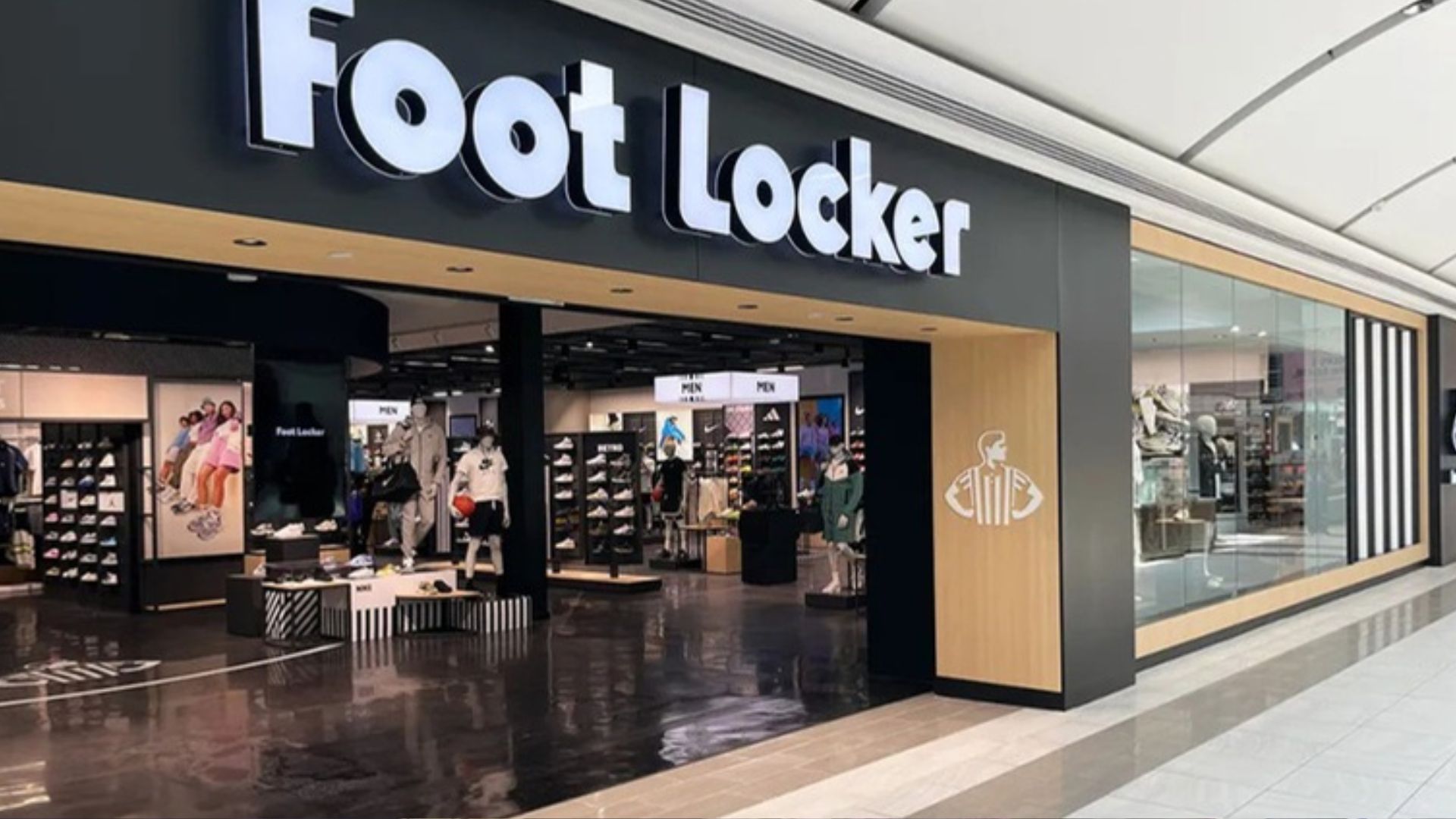Dick’s Foot Locker acquisition signals a dramatic shift in the shoe industry’s competitive landscape. Dick’s Sporting Goods made a bold decision by spending $2.4 billion to acquire Foot Locker. The shoes that are put on store shelves and the way big companies like Nike and Adidas vie for customers’ attention will change as a result of this arrangement.
A Gone Giant with Firm Foundations
Even with its recent setbacks, Foot Locker continues to generate close to $8 billion in revenue each year. With a significant presence in malls, the brand is still a mainstay of sneaker culture. However, the competition has intensified.The rise of boutiques and companies that encouraged direct-to-consumer sales overtook Foot Locker.
Dick’s Strategy to Bring the Foot Locker Back to Life
Dick’s aims to revive Foot Locker after demonstrating their retail acumen. It aims to restore Foot Locker as a reputable sneaker destination by investing in technology, enhancing shop aesthetics, and providing a wider range of brands.
“If Dick’s can replicate their success inside Foot Locker, the entire sneaker market could benefit,” said analyst Tom Nikic.
Winners and Losers in the Sneaker Ecosystem
This deal will shake up rival retailers. JD Sports, already facing tough U.S. competition, may take a hit. The merger gives Dick’s more leverage with suppliers and could lead to fewer shelves for weaker brands.
- Nike stands to win big — or lose ground — depending on how the partnership evolves.
- Adidas and Puma may face tighter competition.
- On Running could expand its reach through stronger ties with Dick’s.
Boutiques Stay Cool Under Pressure
High-end sneaker boutiques like Kith, Concepts, and A Ma Maniére aren’t worried. They play a different game — one built on hype, exclusivity, and culture. These shops drive heat, not volume, and will likely remain unaffected.
Fixing Foot Locker’s Weak Points
To succeed, Dick’s must tackle Foot Locker’s main flaws:
- Weak online presence
- Poor loyalty program
- Stale inventory
The FLX Rewards program has shown some improvements since its revamp. But Dick’s is expected to push harder. With its strong tech and retail know-how, Dick’s could make Foot Locker more competitive online and in-store.
A Delicate Balancing Act Ahead
Blending two different retail styles won’t be easy. Dick’s must modernize Foot Locker without alienating its core customers. It will need to:
- Balance streetwear culture with performance gear
- Add categories like apparel and hydration
- Keep prices accessible
“This is uncharted water,” said retail strategist Lois Sakany. “But Dick’s has the tools to make it work — if they’re bold enough.”
Conclusion: A Sneaker Industry in Transition
If this merger succeeds, expect a richer, more competitive sneaker landscape. Brands will fight harder for attention. Retailers will have to step up their game. And shoppers may finally see better, fresher selections both in-store and online.
Source: Business Of Fashion





